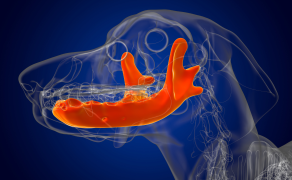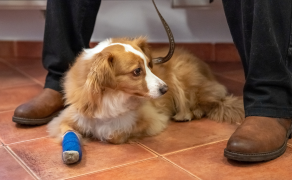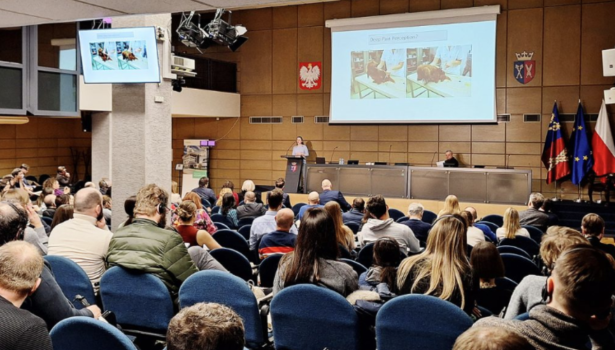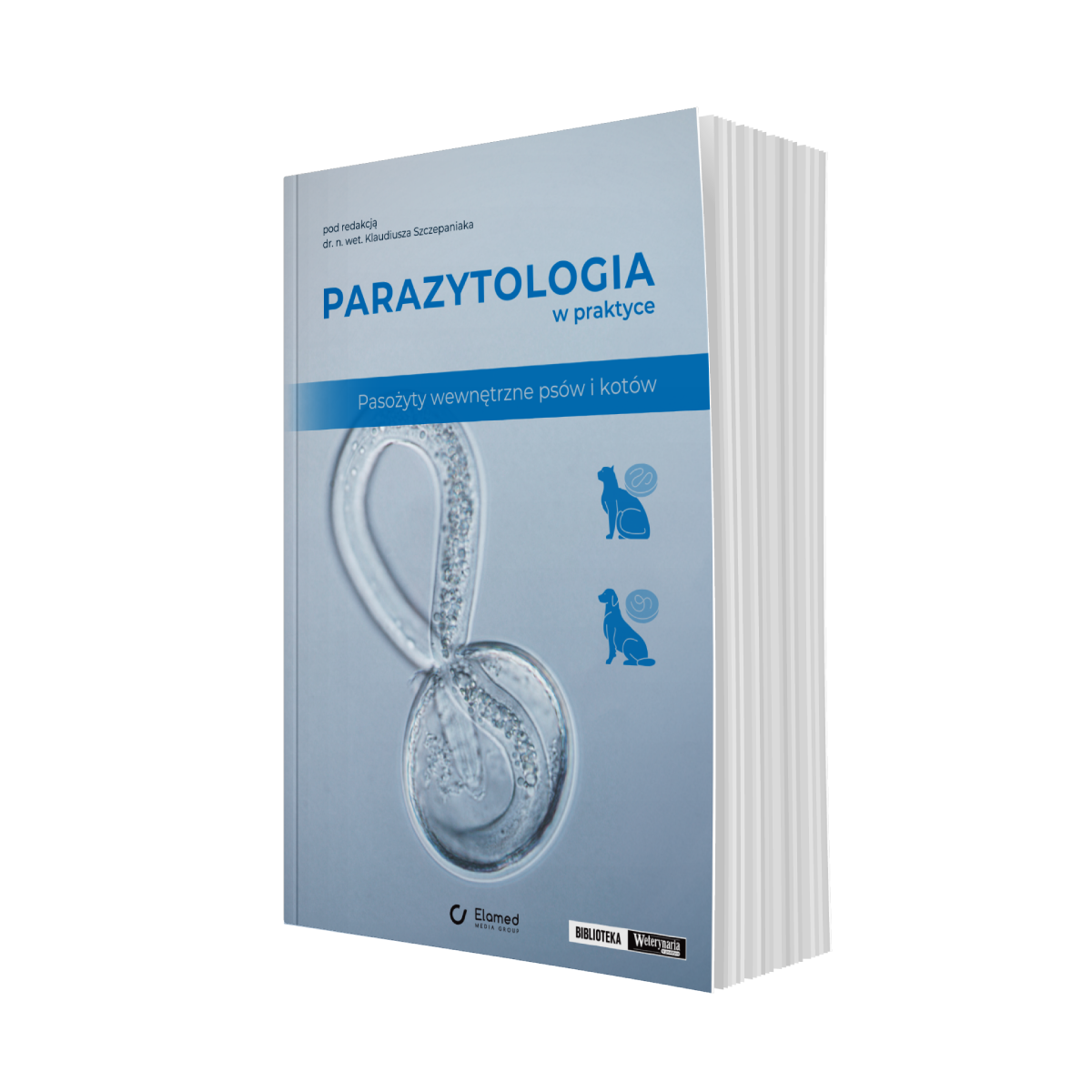Larwy tetrathyridium tasiemca Mesocestoides spp.
Piśmiennictwo
- Bowman D.D.: Parazytologia weterynaryjna. Elsevier, Wrocław 2012.
- Caruso K., James M., Fisher D., Paulson R.: Cytologic diagnosis of peritoneal cestodiasis in dogs caused by Mesocestoides spp. „Vet Clin Pathol”, 2003, 32: 50-60.
- Fuentes M.V., Galán-Puchades M.T.: Short report: A new case report of human Mesocestoides infection in the United States. „American Journal of Tropical Medicine and Hygiene”, 2004, 68 (5): 566-567.
- Furmaga S.: Choroby pasożytnicze zwierząt domowych. PWRiL, Warszawa 1983.
- Hrčkova G., Miterpáková M., O’Connor A., Šnábel V.: Molecular and morphological circumscription of Mesocestoides tapeworms from red foxes (Vulpes vulpes) in central Europe. „Parasitology”, 2011 Apr; 138 (5): 638-47.
- Okulewicz A., Hildebrand J., Okulewicz J., Perec A.: Red fox (Vulpes vulpes) as reservoir of parasites and source of zoonosis. „Wiad Parazytol”, 2005, 51 (2): 125-32.
- Padgett K., Boyce W.: Life-history studies on two molecular strains of Mesocestoides (Cestoda: Mesocestoididae): identification of sylvatic hosts and infectivity of immature life stages. „J Parasitol”, 2004, 90: 108-113.
- Sağlam Y.S., Oruç E., Avcioğlu H.: Diagnostic Exercise: Gastroenteritis and Pneumonia Due to Mesocestoides spp. and Toxascaris leoninain a Eurasian Lynx (Lynx lynx). „Pakistan Veterinary Journal”, 2014, 143-145.
- Venco L., Kramer L., Pagliaro L., and Genchi C.: Ultrasonographic features of peritoneal cestodiasis caused by Mesocestoides sp. in dog in a cat. „Veterinary Radiology & Ultrasound”, 2005, Vol. 46, Issue 5, 417-422. [...]
Ten materiał dostępny jest tylko dla użytkowników
którzy są subskrybentami naszego portalu.
którzy są subskrybentami naszego portalu.
Wybierz pakiet subskrypcji dla siebie
i ciesz się dostępem do bazy merytorycznej wiedzy!
i ciesz się dostępem do bazy merytorycznej wiedzy!
Masz aktywną subskrypcję?
Nie masz jeszcze konta w serwisie? Dołącz do nas
Mogą zainteresować Cię również
108
ALGORYTMY
POSTĘPOWANIA
w weterynarii
POSTĘPOWANIA
w weterynarii
























